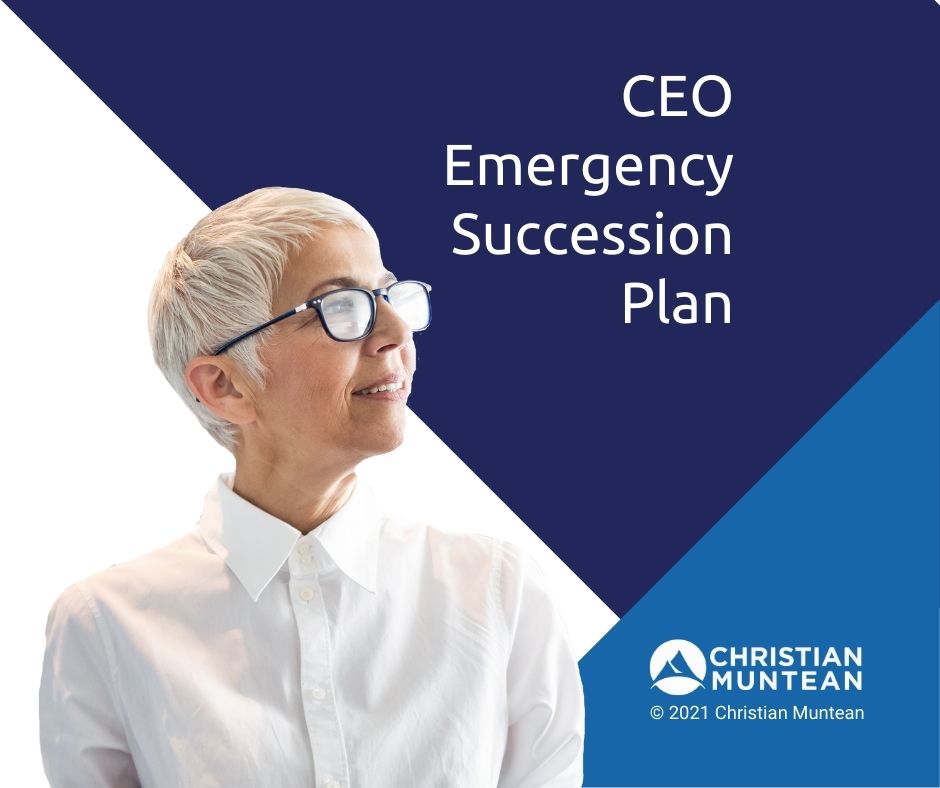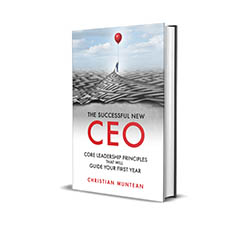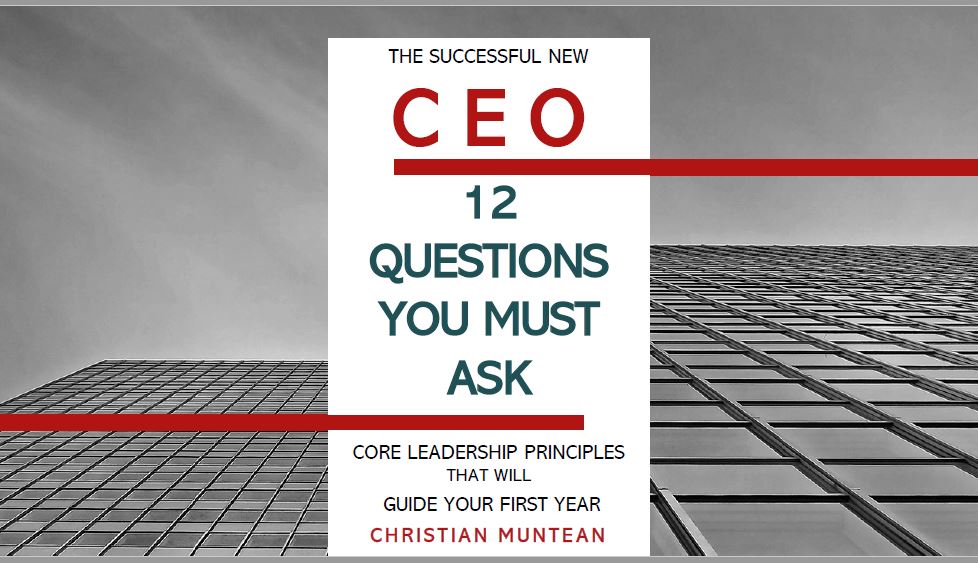What Little Surprise Packages Are You Saving Up for “Future You”?

I was picking up a large piece of boxed furniture from a shipping company. The box was everything: Long, wide, awkward & heavy. An employee helped me load it on top of my 4 Runner.
it on top of my 4 Runner.
As we slid it into place, I mused out loud, “I wonder how I’ll get this down?”
“That’s a ‘future you’ problem,” my temporary helper answered. Then he turned and walked away.
Future You Problems
My clients often wrestle with “future you” problems. Challenges, difficulties, or conundrums created by being able to get into situations that they can’t get back out of (or build on).
Many of my clients have come to me after “future you’ problems. For example, they grew quickly over a period of years. Finally, they had a year of so much growth that it just about killed them. Maybe they burned their team out. Or costly mistakes were made. Perhaps they were so busy that they forgot to build business for the following year.
Their rise, which was planned and intentional, was followed by a soul-crushing crash. Almost always due to “future you” problems.
Examples of “future you” problems:
- Preparing for the staffing and resource needs that are the inevitable result of success.
- Deferring investment, maintenance, or replacement of equipment or facilities.
- Deferring decisions or actions – such as addressing problems, dealing with conflict, facing challenges, or pursuing opportunities.
- Sales and business development – backing off when things are going well (or when they aren’t).
- Systems or technology changes, upgrades, or integrations.
And so on. I’m sure an attorney could list another dozen without thinking about it. As well as a CPA. And an insurer.
So, what should you do?
Create a Clear Picture of “Future You”
My best clients will create a picture of their future selves. As far out as they can see or imagine. These days, that’s rarely more than three years out.
This picture should be based on the goals that you hope to pursue. But it should go further than that to include:
- The organizational structure (chart) needed to support your “future you” goals.
- The problems that will need to be solved by that time.
- The technology that will be needed.
- The key systems, policies, and procedures that should be in place.
- The financial needs that you are likely to have.
And so on. At this point, don’t stop to figure out how to do any of this. Just gain a sense of what will be needed.
Compare It to a Clear Picture of “Current You”. Create that if you don’t have it.
Next, compare your future needs to your current state. If you don’t have your current situation well defined or understood – do so.
Lack of clarity is one of the most significant drivers of conflict and lost time in organizations. The effort that it takes to create clarity will reap significant, near-term rewards.
Build Your Plan so that “Future You” is Proud of You.
Last, identify the gaps between the future state and the current state. Begin to map out how you’ll close that gap.
This isn’t necessarily an easy exercise. But it needn’t be overly complicated either.
It’s a little like packing for a trip to someplace you’ve never been. You have an idea of what it’ll be like there and what you might do. And you pack for that. You might be a little off, but you’ll be mostly right.
An Example
A client had a vision for three years out. They completed this exercise just considering the future organizational structure and staffing needs needed to support their growth goals.
They did a great job at it. Very thorough thinking.
After the GM presented his slide deck, I asked, “For (a key hire) in year 3, how long does it usually take to fully onboard that position?”
“About nine months to a year,” was the answer.
“And about how long, in this market, do you expect it will take to recruit and hire this person?”
“It could easily take a year based on what we’ve been experiencing with hiring.”
Their lesson: To have a key hire completely queued up and ready to go in Year 3 of their plan, they probably need to start the search process no later than the end of their current year.
Their “future you” will be glad that “current you” thought of that.
Take good care,
Christian
P.S. “Future Me” never figured out how to get the box off my 4Runner. It’s been stuck up there for two years.
I joke. But it would have been better if I had prepared ahead.
𝗧𝗵𝗲 𝗕𝗲𝘀𝘁 𝗧𝗶𝗺𝗲 𝘁𝗼 𝗖𝗿𝗲𝗮𝘁𝗲 𝗔𝗻 𝗘𝗺𝗲𝗿𝗴𝗲𝗻𝗰𝘆 𝗦𝘂𝗰𝗰𝗲𝘀𝘀𝗶𝗼𝗻 𝗣𝗹𝗮𝗻 𝗶𝘀 𝘽𝙚𝙛𝙤𝙧𝙚 𝗬𝗼𝘂 𝗡𝗲𝗲𝗱 𝗜𝘁.
Be prepared for a smooth transition in the event of an unplanned emergency succession. My guide will show you step-by-step how to devise your own plan.
Free Leadership Resources
Whether you are a new CEO, thinking of succession or exit, or wanting to strengthen your leadership and your team, I’ve got resources to help:
Enhancing your leadership skills
Are you interested in learning more about becoming a successful CEO? If so, get a free copy of my book The Successful New CEO. Not a new CEO? I’ve been told by “old hands” that they felt any CEO should read this. So, click here to get your copy today.
by “old hands” that they felt any CEO should read this. So, click here to get your copy today.
There are 𝟭𝟮 𝗰𝗿𝗶𝘁𝗶𝗰𝗮𝗹 𝗾𝘂𝗲𝘀𝘁𝗶𝗼𝗻𝘀 to ask before accepting a new CEO position. Do you know what they are? Instantly download my free e-book here.
Let’s connect.
I’m passionate about helping leaders to create workplaces they love going to and increasing the value of the services they offer. My results-oriented approach is tailored to each client’s specific situation and needs. As a leadership coach, I have developed a wealth of resources to help you and your team grow and become stronger.
Weekly Newsletter – sign up to receive my weekly articles addressing critical leadership challenges and issues.
The Leadership Coach Podcast – In my podcast, we explore effective, high-impact, and enjoyable leadership. Subscribe.
Categories
Get Christian’s Newest Book: Train to Lead

Download my free 10-page eBook:
How To Accomplish More Without Doing More:
Eight Proven Strategies To Change Your Life
Discover how to save eight hours during your workweek-even if you're too busy to even think about it. The resource every maxed out executive needs.
